At Wild Roots, we LOVE creating inspiring invitations to learn! When materials are displayed carefully with intention and purpose, it suggests to students that the materials have inherent value and are worth using. When an activity is visually appealing, artfully displayed, and offers much variety, interest is ignited for children, allowing them longer periods of engagement, motivation, and creativity with their work. At Wild Roots, we call these invitations to learn “provocations”- activities which provoke the mind to engage, the hands to explore, and the heart to be in awe! These positive feelings that arise from exploring and connecting with their work stimulate a lifelong love for learning in our students! Below, we’ve shared just a couple of provocation examples for you to recreate at home or in your classrooms! Please enjoy!
Texture Exploration
This invitation to explore was for our infants, in the form of a texture wall! A variety of different materials were used to create swatches of varying textures for feeling and sensory exploration. We used burlap, bubble wrap, felt, canvas, faux fur, and recycled paper to achieve rough, bumpy, smooth, and soft textures that were also different visually from one another. The floor or a classroom wall offers a fun deviation from table top work for infants who enjoy tummy time or are learning to stand/walk. As you’ll notice, our infant teachers added “tools” or “wands” for touching: a basket of long flowers and drum mallets can be used to reach out and touch, brush, rub, tap, or bang the varying textures displayed on the wall. This offers yet another way to explore texture through cause and effect, while also giving the infants available tools to use as extensions of themselves if they are not comfortable touching the swatches directly with their hands. Lastly, crunchy dried lavender from the garden was placed in a frame as an additional textural variety to explore with the senses!
Sculpting with Recycled Materials
We take loose parts and architecture VERY seriously at Wild Roots! Each classroom keeps a large variety of loose parts (small, open ended objects) available in many varieties (both natural and man made) for a multitude of uses! Examples include man made items like glass beads, gems, wooden blocks or pegs, tubes, gears, etc. as well as natural materials like rocks, sticks, pinecones, and shells. Additionally, recycled materials play a huge role in re purposing waste and inspiring innovation with loose parts! Naturally, architecture enables us to utilize loose parts and recycled materials in a way that is both creative AND constructive. The children find great fulfillment in creating something new, designed by them, which can be anything they have imagined. Lastly, clay provides an amazing medium for glueless architecture, as it is easily malleable, quite stable, and binds materials together in virtually any way that the students intend.
For more preschool architecture ideas, visit the link below: The Importance of Architecture
Self Portrait Invitation
Study of “Self” is so important for the young child, as it is during the first few years of life that children begin to grasp that they themselves are their own entity, separate beings from others and unique within the world! Young children are learning what features and characteristics they have that set them apart and make them special, and how to care for and love themselves exactly as they are. It is up to us to inspire independence, confidence, self love and care early on! There are so many ways to initiate learning about “self” through conversation, surveys, and motor activites, but our favorite is through SELF PORTRAITS! Here, the children have been offered a lovely set up that invites them to perceive themselves through photograph, and recreate their image of “self” through art! In this example, we’ve provided paints and crayons for expression (with simple color variations for young students, but if the provocation were for older students, an variety of more realistic “human colors” would be needed). Additionally, we’ve placed a mirror for self study and observation.
Building Words Play
Building words is a natural stepping stone between identifying sounds and reading/ writing sentences. Here, through a non-verbal invitation the child is compelled to come, sit, and work with written language. A handheld word book is available for visual exposure to a word or words. Then, blank lined paper and variety of perfectly sharpened pencils displayed carefully offer the child the option to copy the letters he sees, write his own letters, or create words on paper in an open ended way. Stones with letters are also provided to allow the child a chance to tangibly build the word without necessarily writing it with pencil, if he feels more inclined to work without writing. A mirror offers an additional medium for language exploration, as the child may be compelled to watch his mouth move phonetically or watch his hands and body build language through his reflection. Many provocations intentionally vary materials and mediums to stimulate open ended exploration for a variety of learning types. However, provocations can also be more narrow or direct. In the last photo, a simpler set up invites a more specific prompt for writing words. This language provocation was designed for children ages 3 and up who have had previous experience with letter phonics.
〉〉〉 Would you like to see more provocation ideas? More ideas for creating invitations to learn? Let us know below what you ‘d like to see more of!
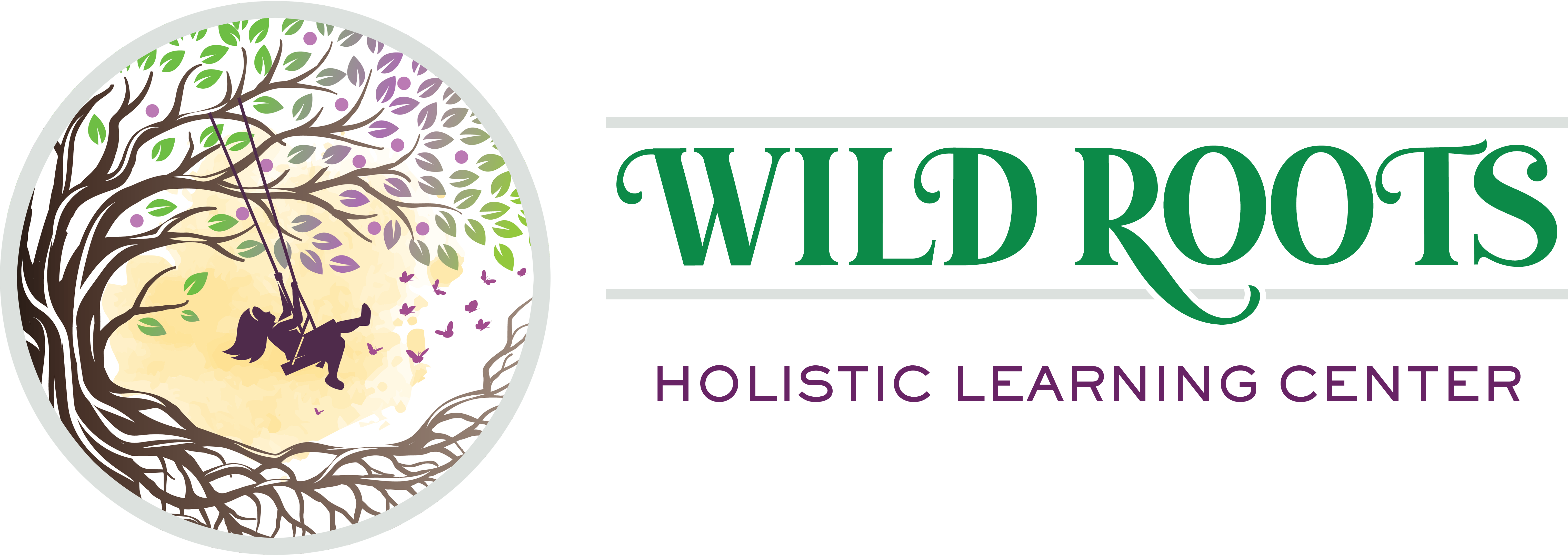
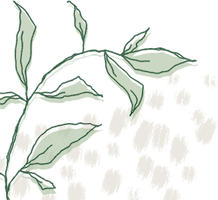
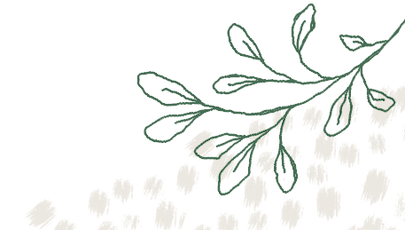
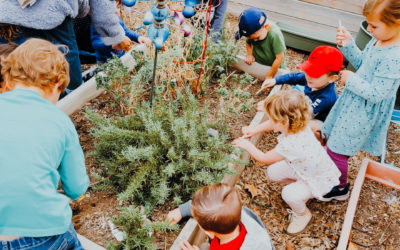
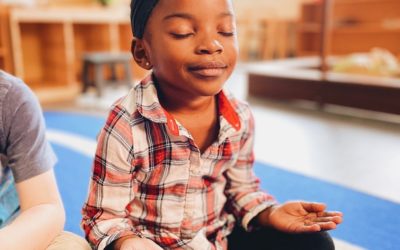
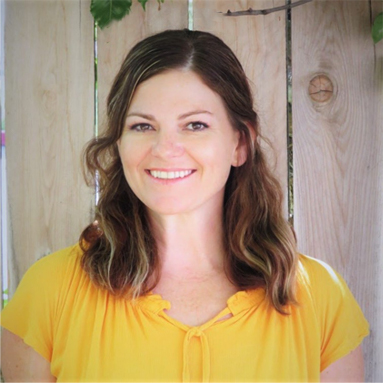
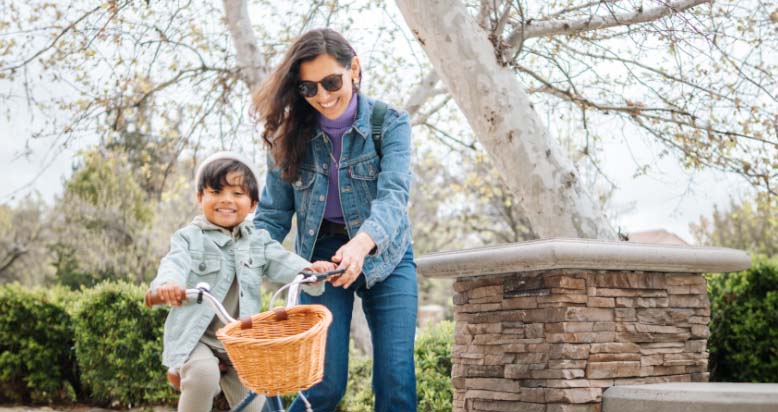
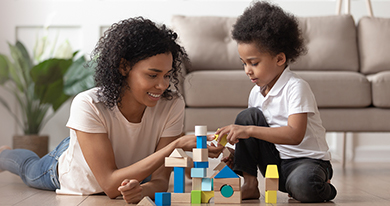
0 Comments